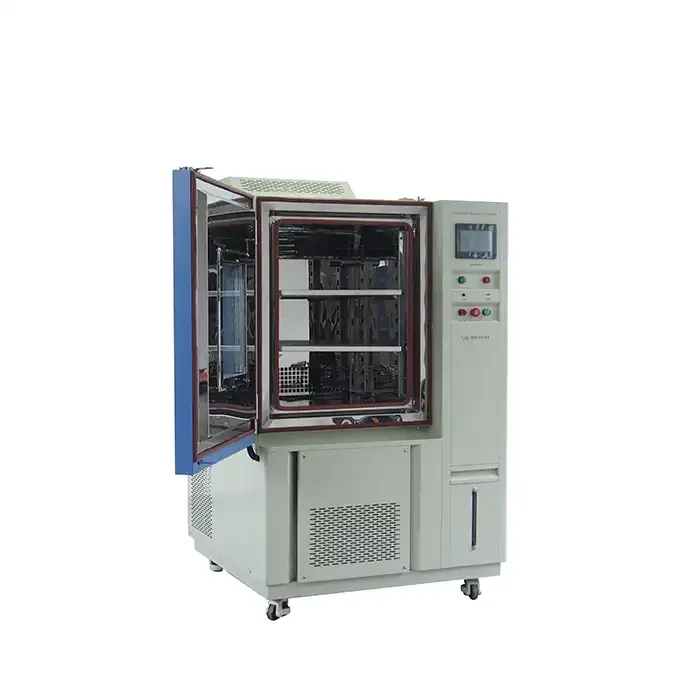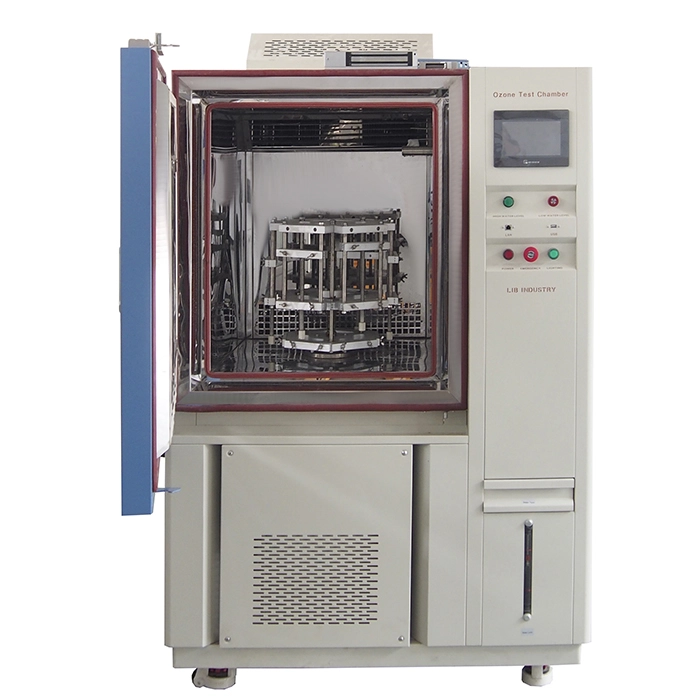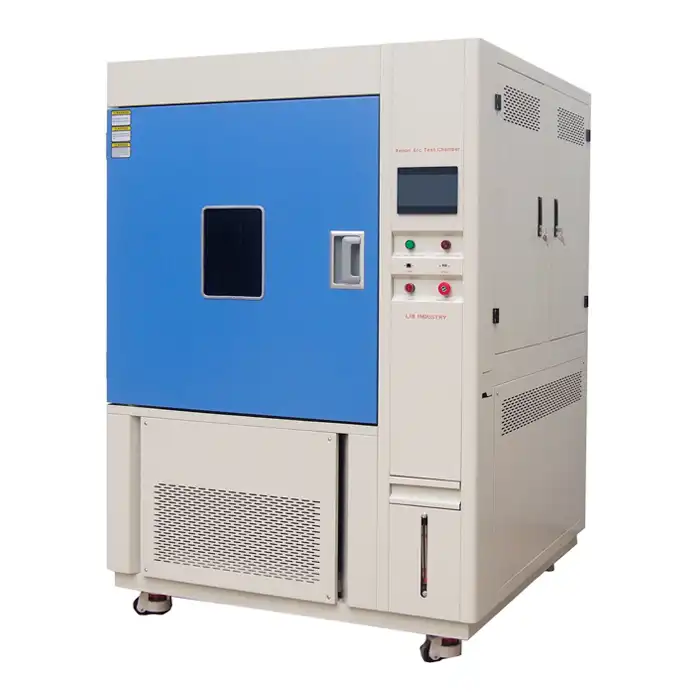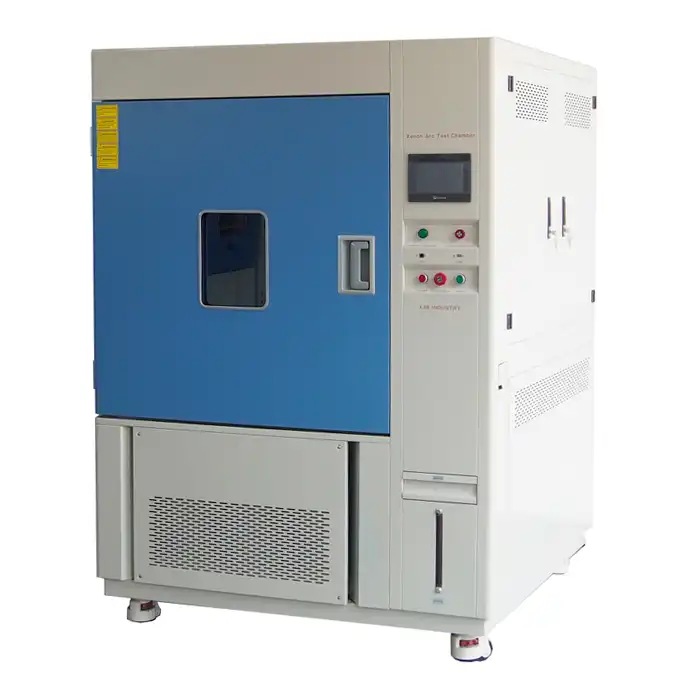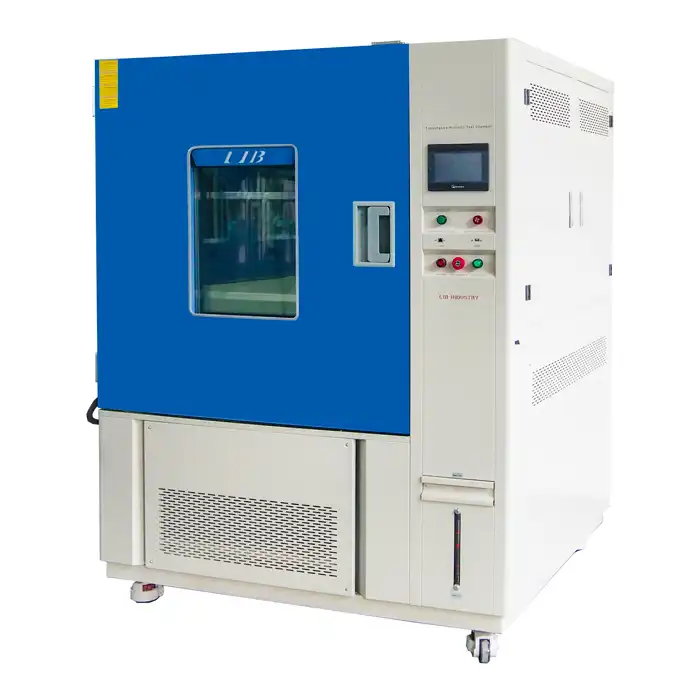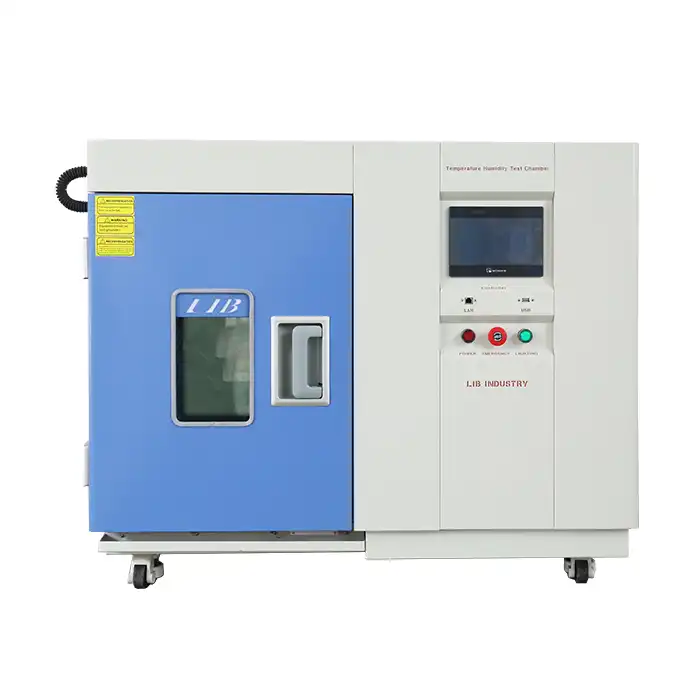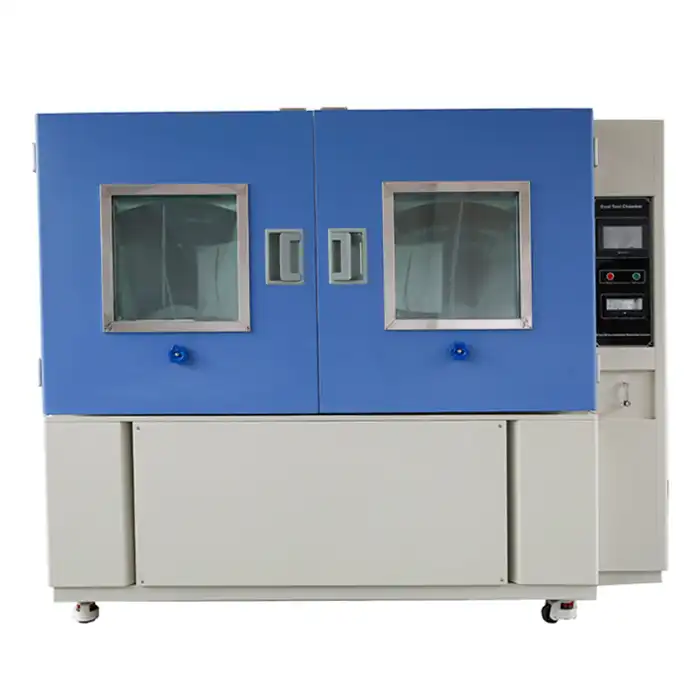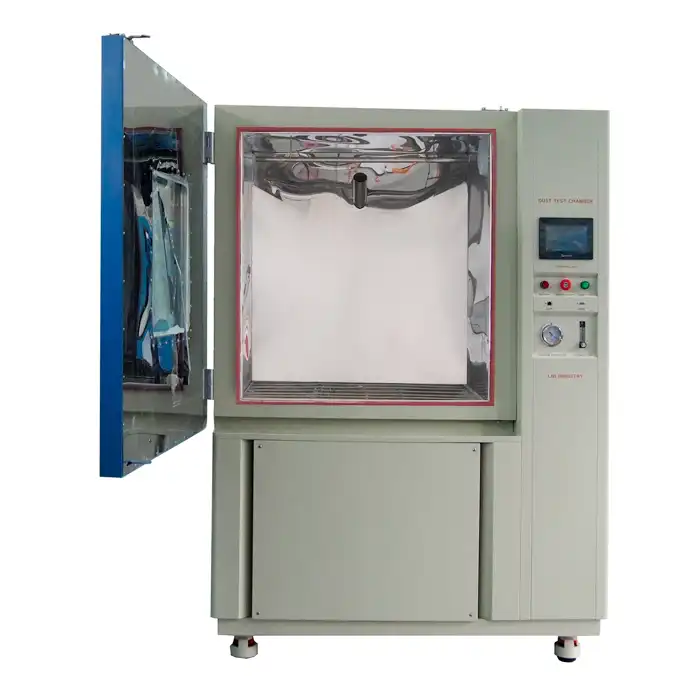What is the difference between a Mini Temperature Chamber and a standard-sized chamber?
When it comes to environmental testing, choosing the right equipment is crucial for accurate and reliable results. Two common options in the world of temperature testing are mini temperature chambers and standard-sized chambers. While both serve similar purposes, they have distinct characteristics that make them suitable for different applications. In this comprehensive guide, we'll explore the key differences between mini temperature chambers and their larger counterparts, helping you make an informed decision for your testing needs.
Size and Capacity: Compact vs. Spacious
Dimensions and Footprint
Mini temperature chambers, as their name suggests, are designed to be compact and space-efficient. These diminutive units typically occupy a fraction of the floor space required by standard-sized chambers. Their smaller footprint makes them ideal for laboratories or testing facilities with limited room, allowing for more efficient use of available space.
Internal Volume
The internal volume of mini temperature chambers is significantly less than that of standard-sized chambers. While mini chambers may offer capacities ranging from a few liters to around 100 liters, standard-sized chambers can accommodate much larger volumes, often exceeding 1000 liters. This size difference impacts the types and quantities of samples that can be tested simultaneously.
Sample Size Limitations
Due to their reduced internal dimensions, mini temperature chambers are best suited for testing smaller components, electronics, or materials. Standard-sized chambers, conversely, can accommodate larger items or multiple samples simultaneously, making them more versatile for diverse testing requirements.
Performance Characteristics: Precision vs. Power
Temperature Range and Stability
Temperature control is a critical aspect of both mini and standard-sized temperature chambers, designed to meet various testing needs. Mini chambers typically excel in maintaining stable temperatures within a narrower range, making them ideal for sensitive applications where precise conditions are paramount. On the other hand, standard-sized chambers offer a wider temperature range to accommodate diverse testing requirements. However, their larger internal volume can lead to slight fluctuations, which may affect the consistency of results in some applications. Therefore, choosing between the two types depends on the specific needs of the testing environment.
Heating and Cooling Rates
Mini temperature chambers are known for their impressive heating and cooling rates, primarily due to their reduced internal volume. This characteristic enables them to achieve rapid temperature changes, making them particularly beneficial for tests that require quick thermal cycling. Conversely, standard-sized chambers, while generally slower in transitioning temperatures, provide a more uniform performance throughout their larger testing area. This consistency can be crucial for certain applications where uniformity across samples is essential. Ultimately, the choice between mini and standard chambers depends on the specific requirements of the testing scenario.
Energy Efficiency
Mini temperature chambers are generally more energy-efficient thanks to their compact design and lower power requirements. This efficiency translates into reduced operating costs, making them an economical choice for laboratories and facilities with tight budgets. Additionally, their smaller size contributes to a smaller environmental footprint, aligning with sustainability goals. In contrast, standard-sized chambers consume more energy due to their larger capacity but provide greater versatility for extensive testing applications. They can accommodate larger samples and multiple tests simultaneously, making them suitable for more complex experimental needs despite the increased energy usage.
Applications and Versatility: Specialized vs. Multi-purpose
Industry-specific Uses
Mini temperature chambers find extensive use in industries such as electronics, automotive components, and small-scale material testing. They're particularly well-suited for quality control of electronic components, stress testing of small mechanical parts, and accelerated aging tests on compact samples. Standard-sized chambers, with their larger capacity, are often employed in aerospace, automotive, and large-scale manufacturing sectors for testing entire assemblies or multiple samples simultaneously.
Research and Development
In research and development settings, mini temperature chambers offer the advantage of running multiple tests concurrently using several units. This parallel testing capability can accelerate product development cycles. Standard-sized chambers, while less conducive to parallel testing, provide the flexibility to test larger prototypes or conduct more comprehensive environmental simulations.
Customization Options
Standard-sized chambers often offer more extensive customization options due to their larger size and greater power capacity. They can more easily incorporate additional features such as humidity control, vibration testing, or specialized atmospheric conditions. Mini chambers, while sometimes limited in their customization potential, can still be tailored to specific testing requirements within their compact design constraints.
Conclusion
Choosing between a mini temperature chamber and a standard-sized chamber ultimately depends on your specific testing needs, available space, and budget considerations. Mini chambers excel in situations where space is at a premium, rapid temperature changes are required, or testing focuses on smaller components. Standard-sized chambers offer greater versatility, capacity, and customization options, making them suitable for a wider range of applications and larger test subjects.
Contact Us
At LIB Industry, we understand the importance of selecting the right environmental testing equipment for your unique requirements. Our team of experts is ready to assist you in finding the perfect solution, whether it's a compact mini temperature chamber or a robust standard-sized unit. We pride ourselves on providing comprehensive turn-key solutions that encompass research, design, production, commissioning, delivery, installation, and training. Contact us today at info@libtestchamber.com to discuss your specific needs and discover how our expertise can elevate your testing processes.
References
1. Johnson, A. (2022). "Comparative Analysis of Mini and Standard Temperature Chambers in Environmental Testing." Journal of Test Engineering, 45(3), 112-128.
2. Smith, R. & Brown, T. (2021). "Energy Efficiency in Environmental Test Chambers: A Size-based Evaluation." Sustainable Testing Technologies, 18(2), 76-92.
3. Lee, S. et al. (2023). "Applications of Mini Temperature Chambers in Electronics Quality Control." IEEE Transactions on Reliability, 72(1), 45-59.
4. Garcia, M. (2020). "Optimizing Space and Performance: The Rise of Mini Environmental Chambers." Laboratory Equipment Magazine, 37(4), 22-28.
5. Wilson, K. & Davis, L. (2022). "Temperature Chamber Selection Guide for Research and Development Facilities." Applied Thermal Engineering, 203, 118021.
6. Thompson, E. (2021). "Advancements in Temperature Chamber Technology: From Standard to Mini." Environmental Testing Quarterly, 56(3), 89-104.



